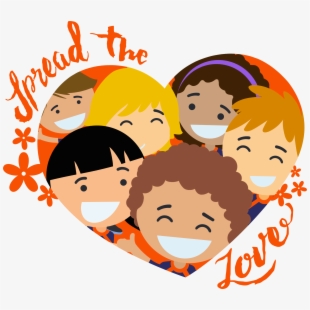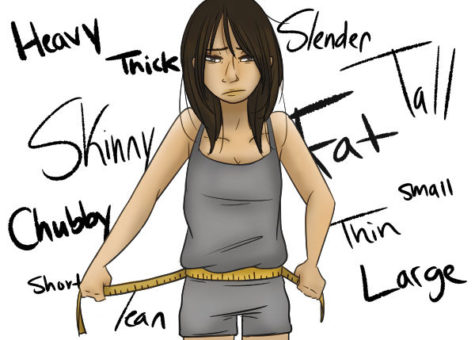Student Journalists Reflect on Freedom of Expression
When students are allowed to freely express themselves through writing, music, and art, they can positively impact others and show different sides of themselves. However, censorship by school officials can harm students by silencing their voices.
For example, in the landmark court case Hazelwood vs. Kuhlmeier (1988), the principal removed stories about divorced parents and teen pregnancy from the school newspaper, without giving the newspaper staff a chance to make changes. The student journalists sued the Hazelwood school district for violating their First Amendment rights. Ultimately, the U.S. Supreme Court ruled in favor of the Hazelwood school district and stated that public school officials do not have to allow student free speech if it is inconsistent with the schools’ educational mission.
We may not agree with the Supreme Court’s ruling, but we do understand that some students and parents find those topics uncomfortable and inappropriate for a younger audience. Also, the controversy cause problems on campus, trigger students who have had bad experiences, and bring a negative image to our school.
On the other hand, without freedom of expression, teenagers’ emotions would be bottled up, and some do not know how to handle that. Giving a voice to our thoughts and feelings is a good outlet for sharing our pain as well as our happiness. Another benefit is that we can persuade others to do the right thing in challenging situations.












